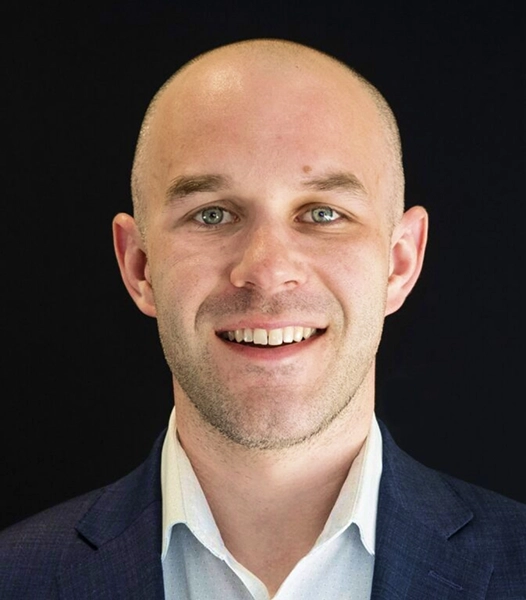The rush is over. You’ve selected a field service management solution, committed to a new future, and are excited to see the changes it brings. Now a new challenge looms on the horizon – the implementation phase.
A test of patience and willingness to learn, implementation can seem intimidating. Fortunately, the best solutions are backed by teams of skilled project managers and support team members prepared to help you transition smoothly into your new software.
Read on to learn 3 ways to best prepare your organization for a smoother implementation.
1. Establish ERP Foundation
Often, organizations choose a new ERP around the same time they choose a field service management solution. Implementing both systems at once can be easy if you follow the right steps. Our recommendation? Take a short staggered approach.
Firstly, establishing the foundations of your new ERP should be your priority. This doesn’t mean you need a fully functional ERP to even begin thinking about your FSM solution, but your ERP needs to be just functional enough to be able to plug in the FSM solution. This short staggered period of 3-8 weeks will give you a solid start, and a place for your FSM to plug into.
While you are building the foundations of your ERP, this time doesn’t have to be wasted with your FSM. Between signing and license activation is the perfect time to get preliminary conversations out of the way from the project side, while you are still in the ERP waiting period. Additionally, it can be beneficial to add consulting hours to the project before kicking off your FSM. Ask your project managers to check in with you regularly until your ERP is ready, then begin your FSM process ahead of schedule.
Once your ERP foundation is ready, you can now combine the two stsyems and integrate them side by side, like a zipper. Structuring your timeline this way can help make your transition smoother, and also lead to a quicker go-live.
2. Bring Your A-Team
Long-term engagement on both sides is critical for a seamless transition. This process takes patience and time, between several months to a year.
Assign a leader or a small team that can be present through every single step of the way, and can take the lead within their company after go-live. From training to status calls, or any meeting in between, one or several designated people need to appear from start to finish.
Additionally, make sure your team includes key individuals across your organization. Implementing these solutions is more than just an IT project; bring in Operations, Finance, Service, and other departments you’ll need. All individuals may not be needed for each step of the project, but having a dedicated, cross-functional team identified from the beginning sets your project up for the best possible outcomes.
Don’t take shortcuts with your team; after all, you’ve just spent a lot of money on these systems; make sure you know how to get the most out of them. A smooth introduction to your new software is worth the long-term commitment.
3: Be Engaged!
Being proactive instead of reactive will be your ticket to success. Now that you’ve established your team, it’s imperative your team stays engaged, open, and responsive.
Part of this responsibility is bringing any additions, changes, or omissions to your FSM’s attention as soon as possible. Realize you want an additional feature on Tuesday? Bring it up Wednesday.
Waiting may force your team to backtrack, wasting time and money, and delaying your go-live date. A week of no progress on your side will mean an additional week (or more) added to the overall timeline. If not prioritized, you will see delays in your project leading to frustration and potential added costs.
The faster you communicate and make decisions internally, the faster your FSM can equip you with everything you need.
Conclusion:
The road to a smooth implementation is walked with small but powerful steps. Crawl, Walk, Run has been used for several initiatives and projects. It can be used when needed in these instances as well. ERP’s and FSM’s are strategic undertakings and investments that can lead to massive results. Why shortchange your business by not selecting a focused team and establishing solid foundations?
Start your journey with MSI Data, your dependable FSM that integrates to key ERPs. Schedule your demo here.








